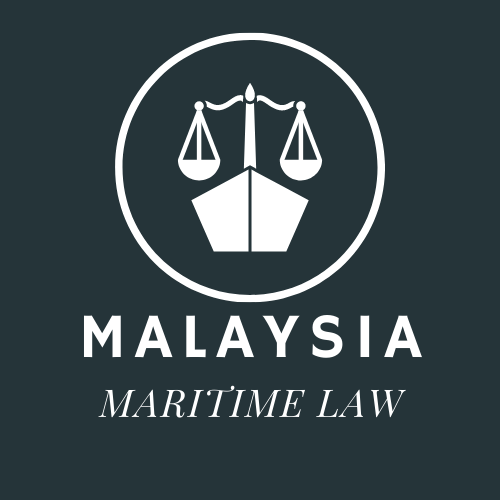Rights Of Third Parties 1. Third Parties An insurance contract is a contract between the insurer and the assured. The indemnity payable to the assured is of course of benefit to the assured. However, it may also be of benefit to third parties, for example those persons for whose benefit the insurance was taken out...
Category: Indemnity, subrogation and contribution
The Insurer’s Right to Contribution
The Insurer’s Right To Contribution 1. Double Insurance The insurer is entitled to a contribution from another insurer who has insured the same risk of loss, in respect of any loss which the first insurer has indemnified, pursuant to section 80 MIA. There is an equivalent right of contribution available in equity. Such rights of...
Insurer’s Right of Subrogation Upon Payment
Insurer’s Right Of Subrogation Upon Payment 1. Introduction To Subrogation Subrogation is a concept with a wide application within and outside contracts of insurance. It has its foundations in Roman law. Subrogation is largely an equitable (as opposed to a common law) doctrine, although there appears to be some support for the view that there...
The measure of indemnity: constructive total loss (CTL)
The measure of indemnity: constructive total loss (CTL) 1. Definition of a constructive total loss A constructive total loss (or a ‘CTL’) is a concept known only to marine insurance law. Section 60(1) MIA defines a CTL in the following terms: ‘subject to any express provision in the policy, there is a constructive total loss...
The Measure of Indemnity: Actual Total Loss (ATL)
The Measure Of Indemnity: Actual Total Loss (ATL) 1. Types of total loss There are two kinds of total loss in marine insurance law (section 56(2) MIA): a) An actual total loss. b) A constructive total loss. If either an actual or a constructive total loss is proved, assuming the policy covers the loss, the...
The Measure of Indemnity: Partial Loss
The Measure Of Indemnity: Partial Loss 1. The principle of indemnity By a contract of indemnity insurance, the insurer undertakes to hold the assured harmless against loss caused by an insured peril (that is, the insurer will be responsible to compensate the assured for a specified type of loss caused by a specified insured peril)....

